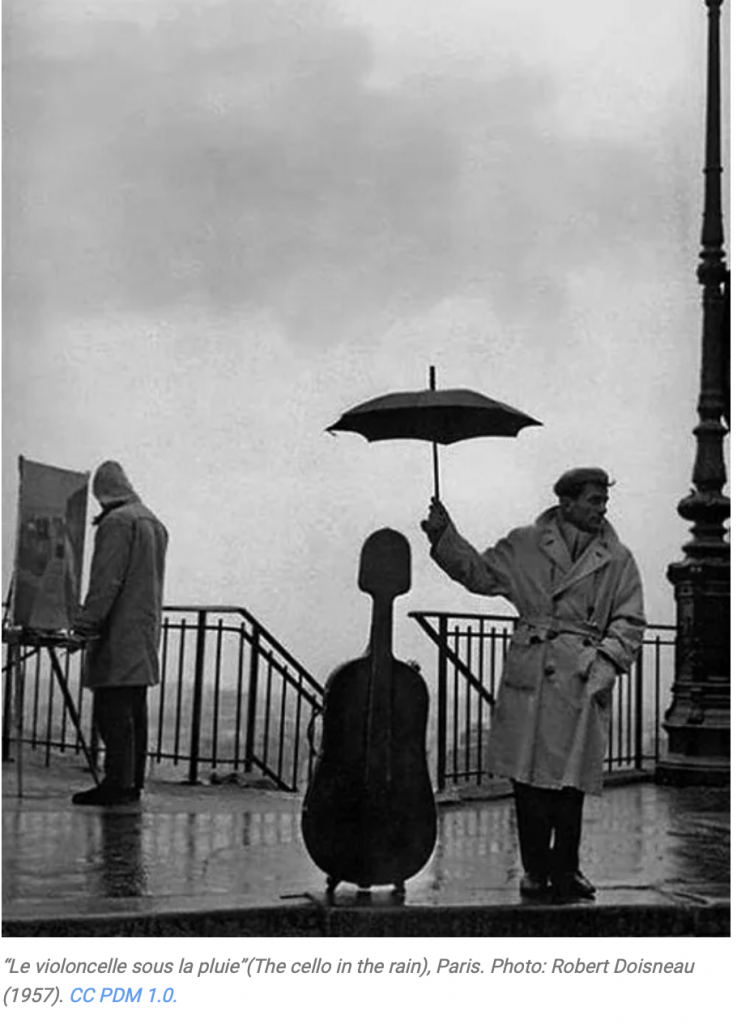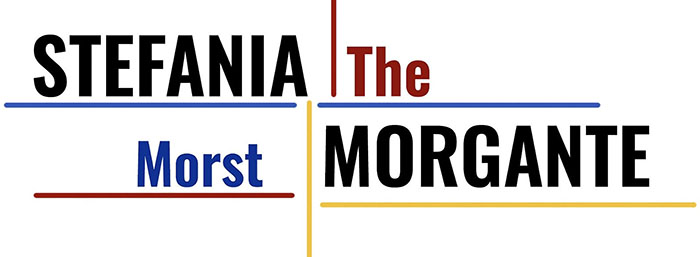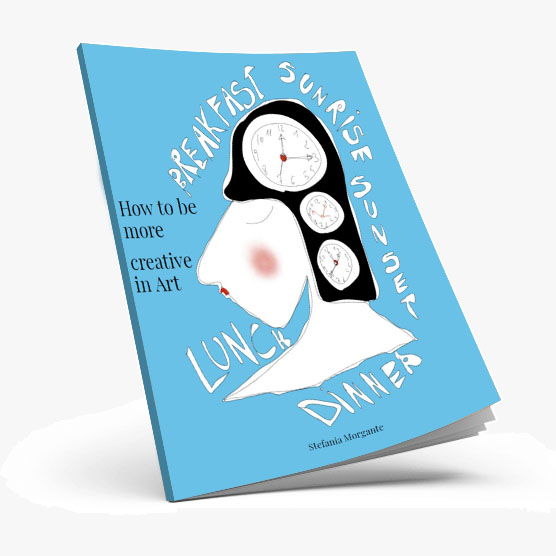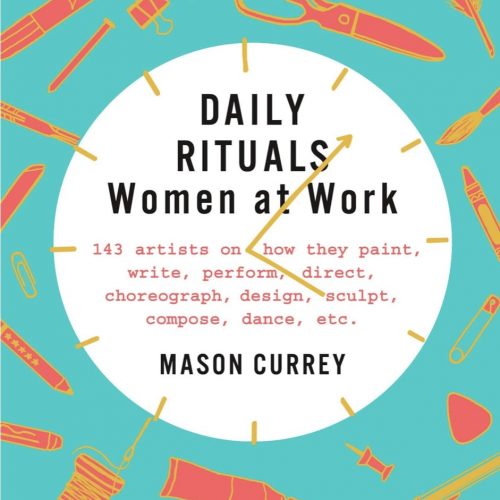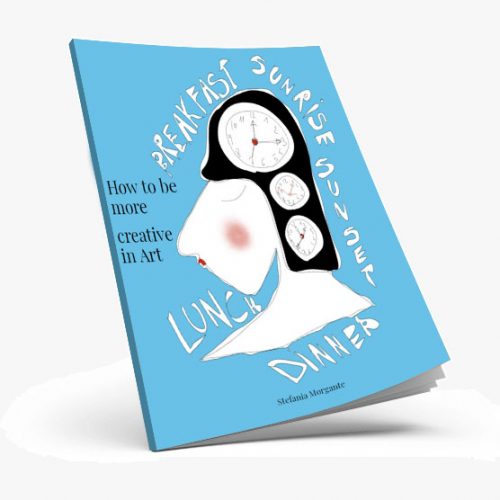The Surprising Link Between Boredom and Creativity.
Unleashing your creativity might start with embracing boredom.
Surprising, right?
But studies show that being bored actually enhances our innovative thinking. In a world filled with constant distractions, taking a breather from our fast-paced lives and allowing ourselves to be bored allows our minds to wander and explore new possibilities.
The link between boredom and creativity lies in our brain’s default mode network (DMN), which becomes activated during moments of idleness. When we allow ourselves to be bored, the DMN goes into overdrive and sparks our imagination, leading to fresh ideas and creative breakthroughs.
So instead of constantly seeking external stimulation, perhaps it’s time to embrace boredom as a catalyst for innovation.
By embracing periods of boredom, we give ourselves the gift of space and freedom for our minds to roam, connect dots, and unleash our creative potential.
In this article, we explore the surprising connection between boredom and creativity, and how harnessing the power of boredom can elevate your innovative thinking.
What is boredom.
Boredom is often perceived as a negative state of mind, something we try to avoid at all costs.
But what if we shift our perspective and see boredom as an opportunity for growth and creativity?
Boredom can be defined as a state of mental disengagement or a lack of interest in one’s surroundings or activities.
In today’s fast-paced, technology-driven world, we are constantly bombarded with stimuli.
Our smartphones, social media feeds, and endless entertainment options keep us constantly engaged. However, this constant stimulation can actually hinder our creativity. It leaves us with little time for reflection, introspection, and deep thinking, which are crucial for innovative ideas to emerge.
By intentionally creating moments of boredom, we give ourselves the chance to disconnect from the external noise and tune into our internal world. It is in these moments of mental disengagement that our brains can truly flourish and come up with novel solutions to problems or creative ideas that we may not have considered before.
The neuroscience behind boredom and creativity.
To understand the link between boredom and creativity, we need to delve into the fascinating world of neuroscience. Our brain’s default mode network (DMN) is a network of brain regions that becomes active when we are at rest or engaged in self-referential thinking. It is during these periods of idleness that the DMN kicks into gear and enables our minds to wander and make unexpected connections.
Research has shown that when we allow ourselves to be bored, the DMN becomes highly active, leading to a state of heightened creativity. During moments of boredom, our brain enters a default mode where it can freely explore different ideas and possibilities. This free-flowing thinking allows for the emergence of new insights, as our minds connect seemingly unrelated concepts and generate innovative solutions.
Moreover, studies have found that the DMN is also involved in autobiographical memory retrieval and the construction of a sense of self. By engaging in daydreaming and mind-wandering during moments of boredom, we activate the DMN and tap into our rich internal landscapes. This not only enhances our creative thinking but also helps us gain a deeper understanding of ourselves and our aspirations.

The benefits of embracing boredom.
Embracing boredom has numerous benefits beyond just enhancing our creative thinking. When we allow ourselves to be bored, we give our brains a chance to rest and recharge. In our fast-paced lives, it’s essential to carve out moments of stillness and silence to avoid burnout and maintain our overall well-being.
Boredom also provides an opportunity for self-reflection and introspection. When we are constantly stimulated, we rarely have the time or space to reflect on our thoughts, emotions, and desires. By embracing boredom, we create the conditions for self-discovery and personal growth. We can gain clarity on what truly matters to us and make intentional choices that align with our values.
Moreover, boredom can act as a catalyst for pursuing new interests and hobbies. When we allow ourselves to be bored, we open ourselves up to curiosity and exploration. We may discover new passions or develop a deeper appreciation for activities that we previously overlooked. Boredom can ignite a sense of wonder and fuel our desire for lifelong learning and personal development.
How boredom sparks creative thinking.
Boredom sparks creative thinking by providing the ideal conditions for our minds to generate innovative ideas. When we are bored, our brains are no longer focused on external stimuli, allowing our thoughts to wander freely. This mental wandering is often associated with creative insights and breakthroughs.
During moments of boredom, our brains enter a state of diffuse thinking. Diffuse thinking is characterized by a relaxed and unfocused state of mind, where our thoughts are not constrained by specific goals or tasks. This type of thinking allows for the formation of new connections and associations between different ideas, leading to creative leaps and novel solutions.
Research has shown that when we are engaged in a task that requires focused attention, our brains rely on a network called the task-positive network (TPN). However, during moments of boredom, the TPN becomes less active, and the DMN takes over. This shift in brain activity allows for the emergence of innovative ideas that may not have surfaced during focused thinking.
Furthermore, boredom can enhance our problem-solving abilities. When we are bored, our minds are more likely to engage in divergent thinking, which is the ability to generate multiple solutions to a problem. This type of thinking is essential for creative problem-solving and can lead to breakthroughs and new perspectives.

Case studies of successful individuals who embraced boredom.
Steve Jobs: The Power of Reflection
One of the most iconic examples of a successful individual who embraced boredom is Steve Jobs, the co-founder of Apple Inc. Jobs was known for his ability to think outside the box and come up with groundbreaking ideas. But he also understood the importance of embracing boredom and allowing his mind to rest.
Jobs would often take long walks and spend time in nature, allowing his mind to wander freely. It was during these moments of solitude and boredom that he had some of his most profound insights. Jobs believed that boredom was necessary for creativity because it allowed him to reflect on his experiences and make new connections.
By embracing boredom, Jobs was able to tap into his creative genius and revolutionize the technology industry. His ability to think differently and challenge the status quo was a direct result of his willingness to embrace moments of boredom and let his mind wander.
J.K. Rowling: Finding Inspiration in Boredom
Another example of a successful individual who embraced boredom is J.K. Rowling, the author of the Harry Potter series. Rowling’s journey to success was not an easy one. She faced numerous rejections and setbacks before finally finding a publisher for her first book.
During this challenging period of her life, Rowling found solace in moments of boredom. She would often take long train rides and allow her mind to wander. It was during one of these train rides that the idea for Harry Potter came to her.
Rowling’s ability to embrace boredom and let her mind wander allowed her to tap into her creative potential and create one of the most beloved book series of all time. By giving herself the gift of boredom, Rowling was able to find inspiration in the most unexpected places and create a world that captured the hearts of millions.

How to incorporate boredom into your daily routine.
Now that we’ve explored the case studies of successful individuals who embraced boredom, let’s discuss how you can incorporate boredom into your daily routine to boost your creative thinking and innovation.
Schedule moments of solitude
One way to embrace boredom is by scheduling moments of solitude in your daily routine. This could be as simple as taking a walk in nature, finding a quiet spot to meditate, or setting aside time for reflection. By intentionally creating space for boredom, you give yourself the opportunity to tap into your creative potential and come up with fresh ideas.
Disconnect from technology
In today’s digital age, we are constantly bombarded with notifications and distractions. To embrace boredom, it’s essential to disconnect from technology and allow your mind to wander freely. This could mean turning off your phone for a designated period of time or setting boundaries around your internet and social media usage. By disconnecting from technology, you create space for boredom and open yourself up to new possibilities.
Engage in creative hobbies
Engaging in creative hobbies is another effective way to embrace boredom and boost your innovative thinking. Whether it’s painting, writing, playing an instrument, or gardening, creative hobbies allow your mind to enter a state of flow and tap into your creative potential. By immersing yourself in a creative activity, you give yourself the freedom to be bored and explore new ideas.
Overcoming the fear of boredom.
While embracing boredom may seem counterintuitive, it’s essential to overcome the fear associated with being bored. Many people have a natural aversion to boredom and constantly seek external stimulation to avoid it. However, it’s important to recognize that boredom is not a negative state, but rather an opportunity for growth and creativity.
To overcome the fear of boredom, start by reframing your mindset. Instead of viewing boredom as a waste of time, see it as a valuable resource for unlocking your creative potential. Embrace moments of idleness and allow yourself to be fully present in the experience. By embracing boredom, you give yourself the space and freedom to think differently and come up with innovative ideas.
Conclusion: Embracing boredom as a catalyst for innovation.
In a world filled with constant distractions, embracing boredom may be the key to unlocking your creative brilliance. By allowing yourself to be bored, you activate your brain’s default mode network and open yourself up to new possibilities. The case studies of successful individuals like Steve Jobs and J.K. Rowling, demonstrate the power of embracing boredom and tapping into your creative potential.
Incorporating boredom into your daily routine can be as simple as scheduling moments of solitude, disconnecting from technology, and engaging in creative hobbies. By overcoming the fear of boredom and reframing your mindset, you give yourself the gift of space and freedom to think differently and unleash your innovative thinking.
So the next time you find yourself feeling bored, instead of seeking external stimulation, embrace the moment and see where your imagination takes you. Embrace boredom as a catalyst for innovation and unlock new levels of creative brilliance.
